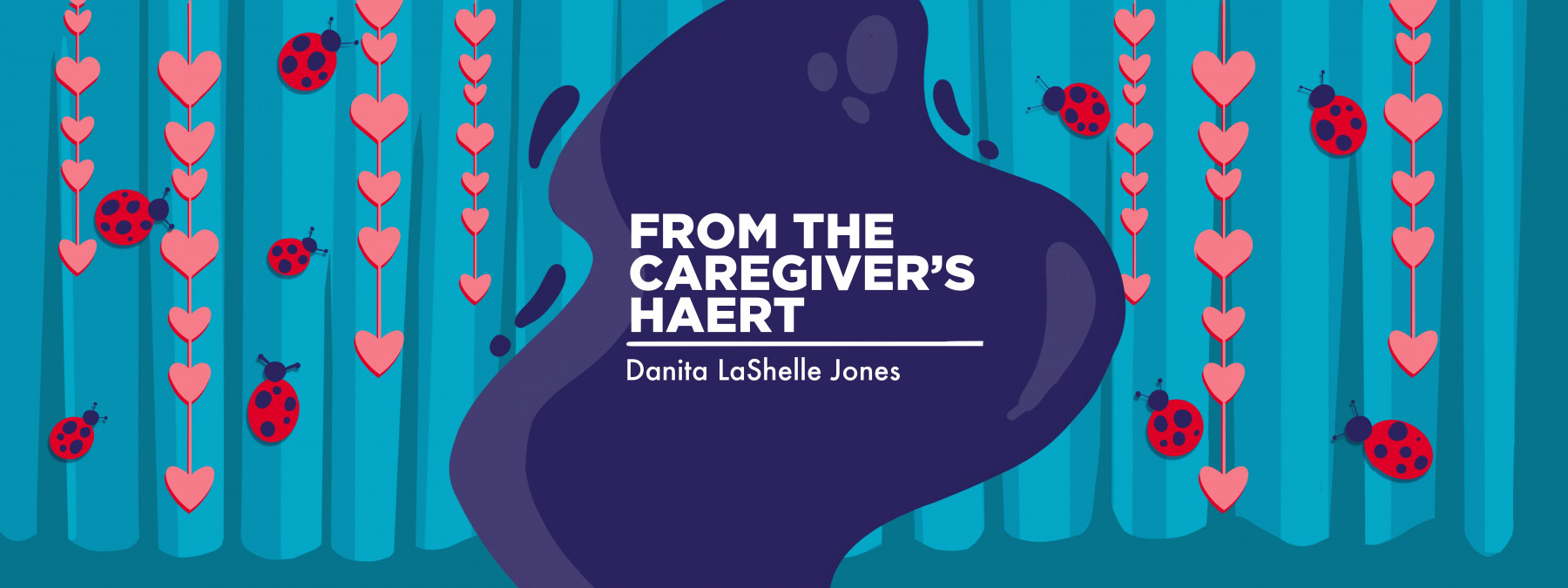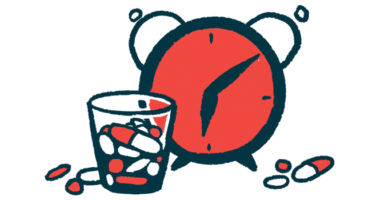To Treat Special Needs, an Average Babysitter Just Isn’t Enough
Extra skills might be a requirement in a search for the right child care help

“So there was an incident,” she said when I entered the play area where my son was waiting. When I was hired as a high school teacher six weeks after my oldest son was born, we were blessed to find a fantastic woman to care for him during the day. By the time he was 2, she felt like one of the family.
“He’s fine,” she continued, “but earlier, he choked on a green bean.”
I glanced at my 2-year-old son, who was happily cleaning up and preparing to leave with me. “He looks fine,” I said.
“I had to do the Heimlich,” she said. I could tell she was still a bit rattled. “I got it out, but he was scared. We both cried when it was over.”
I hugged her as hard as I could. Not only was I grateful that she saved my son’s life, but I was also impressed that she could administer emergency procedures. Truthfully, when I watch my now 16-year-old son studying, driving, or being a great big brother to his younger siblings, I think about how it all could have ended over a single green bean.
Ultimately, with four young children who needed babysitters, knowing the Heimlich was where our requirements started. Instructions on how to conduct that particular maneuver are searchable on the internet. And in some cases, unlike CPR, you don’t have to be certified to perform it. This meant grandparents, cousins, godparents, and close friends were on the list of qualified sitters.
However, in 2017, when our oldest daughter, whom we lovingly call Ladybug, was diagnosed with moderate asthma, the list of available sitters got shorter. Instead of just worrying about kids eating too fast or falling and hurting themselves, the babysitter would need instructions on what to do if Ladybug had an asthma attack.
Later that year, the sitter list got even shorter when her allergies got more complicated. At that point, our instructions included asthma protocol, steps on how to administer an EpiPen, and proper doses for Benadryl. Grandparents and godparents became our go-to, and if we were lucky, Ladybug’s aunts as well, if they happened to be in town.
But in 2018, when the hospital stays started, the unexplained swells escalated, and our journey to her hereditary angioedema diagnosis began, it obliterated our list. We didn’t know how to explain what to do to anyone tasked to watch Ladybug.
During my training to administer Berinert for emergencies, in the back of my mind, I reimagined the conversation I had with my son’s babysitter when he was 2.
“So there was an incident,” I imagined her saying. “Ladybug had a flare, but I gave her Berinert, and since it was her preventive medicine day, I gave her that, too.” And I imagined her telling me that she hugged my child while they cried after the ordeal was over.
But no matter how hard I tried, I couldn’t imagine a conversation with a single babysitter about butterfly needles, 10-milliliter syringes, and constituting medication. Soon, nights out while leaving the kids with the babysitter disappeared just as quickly as the list.
“Did you forget your cousin is a PICU nurse?” my sister asked me over the phone, speaking of a pediatric intensive care unit. I had been complaining about not having a night away for several years. “She deals with small veins and injections all the time. Just call her.”
Sure enough, during a week when I had to travel for business and Ladybug needed an at-home infusion, my husband called my cousin, who promptly came over and administered the much-needed medication.
And I also forgot that one of my closest friends was a nurse, my niece is pre-med, and my amazing sister is a physician. I had spent so much time looking for one person to fulfill my “green bean” requirement that I’d forgotten that sometimes it might take more than one person to help in our times of need.
As caregivers, we can create impossible standards for people to meet to help care for those we love. However, it’s important to remember that sometimes, it does take a village.
Note: Angioedema News is strictly a news and information website about the disease. It does not provide medical advice, diagnosis, or treatment. This content is not intended to be a substitute for professional medical advice, diagnosis, or treatment. Always seek the advice of your physician or other qualified health provider with any questions you may have regarding a medical condition. Never disregard professional medical advice or delay in seeking it because of something you have read on this website. The opinions expressed in this column are not those of Angioedema News or its parent company, Bionews, and are intended to spark discussion about issues pertaining to angioedema.








Leave a comment
Fill in the required fields to post. Your email address will not be published.